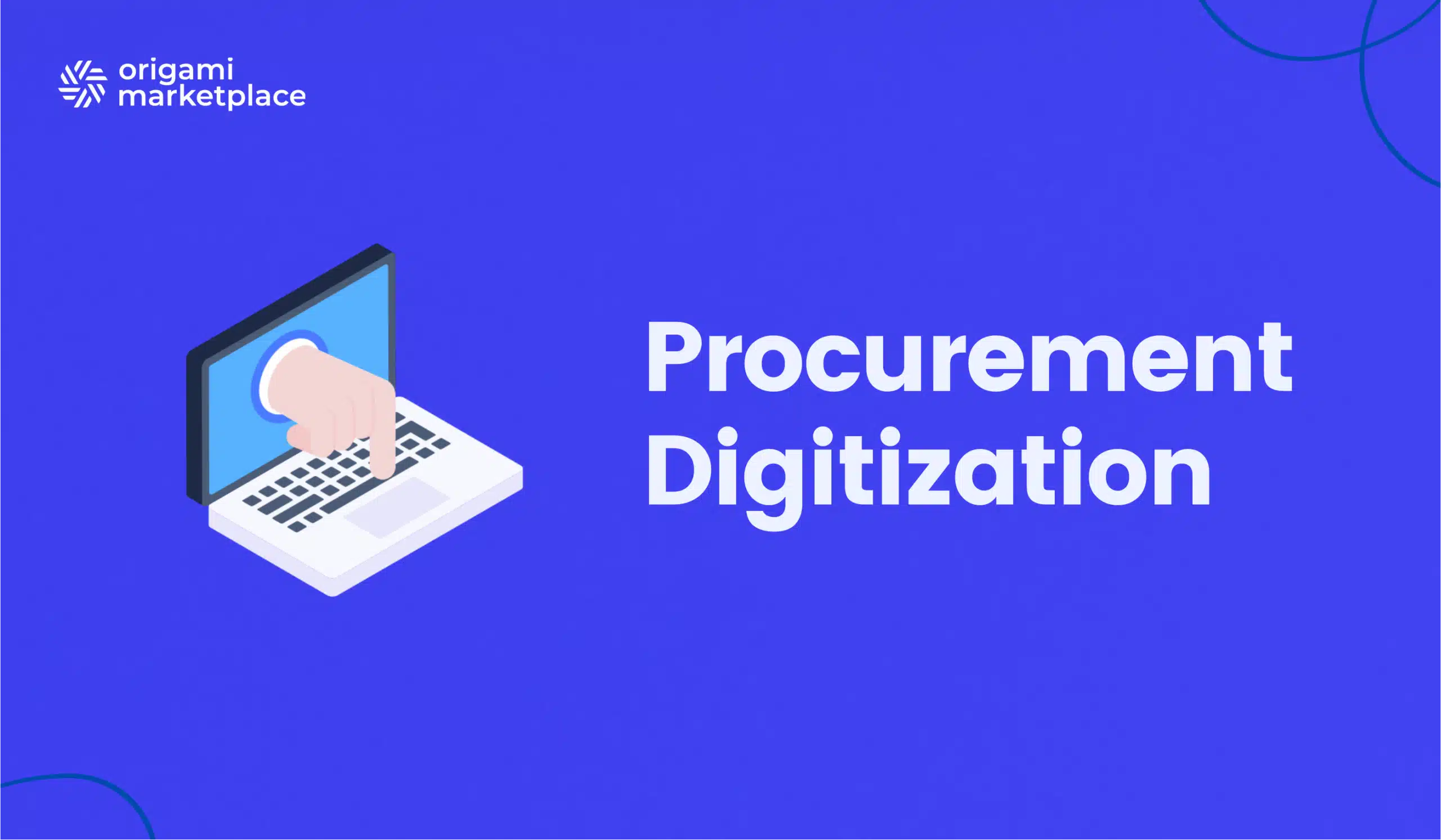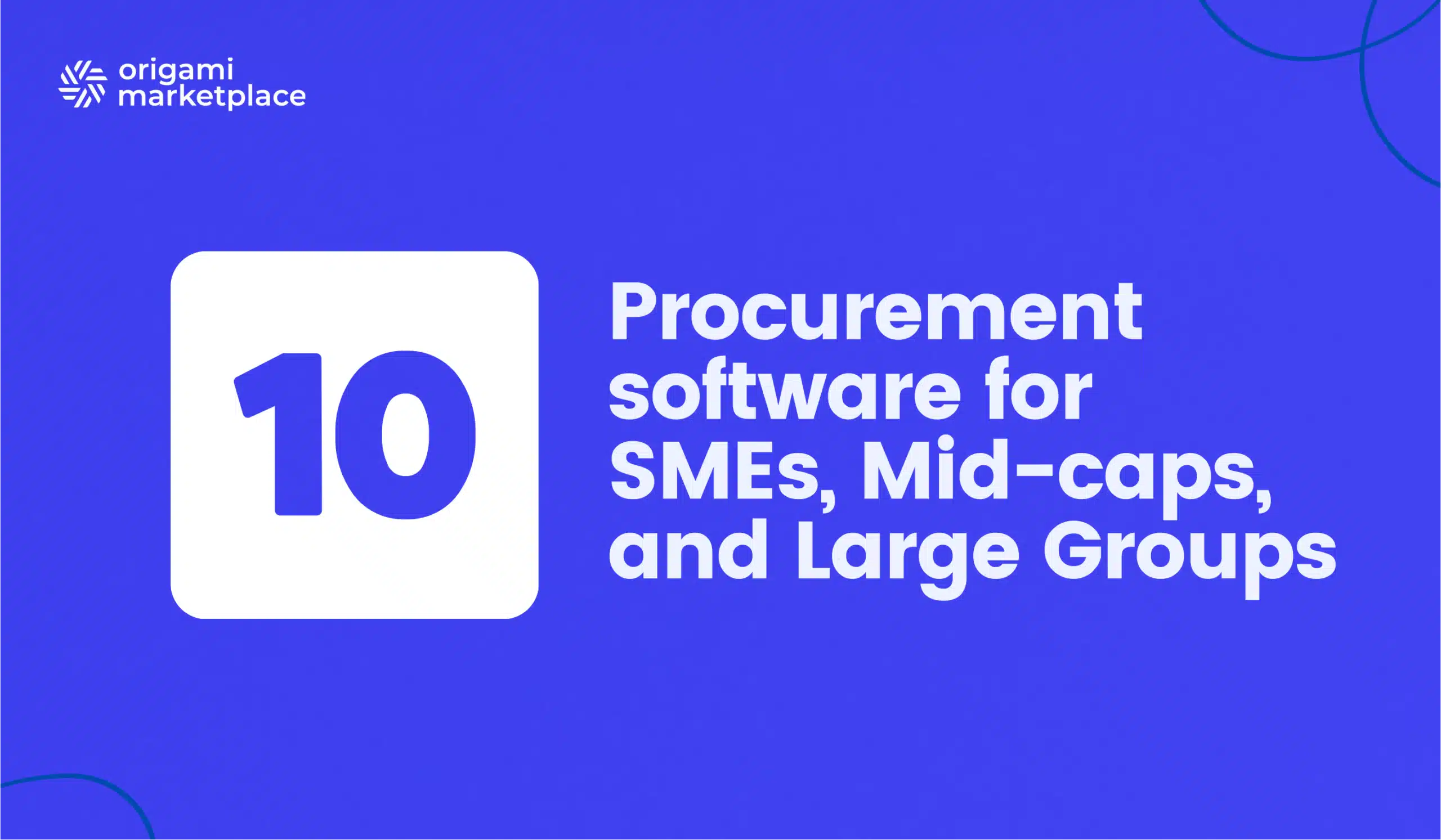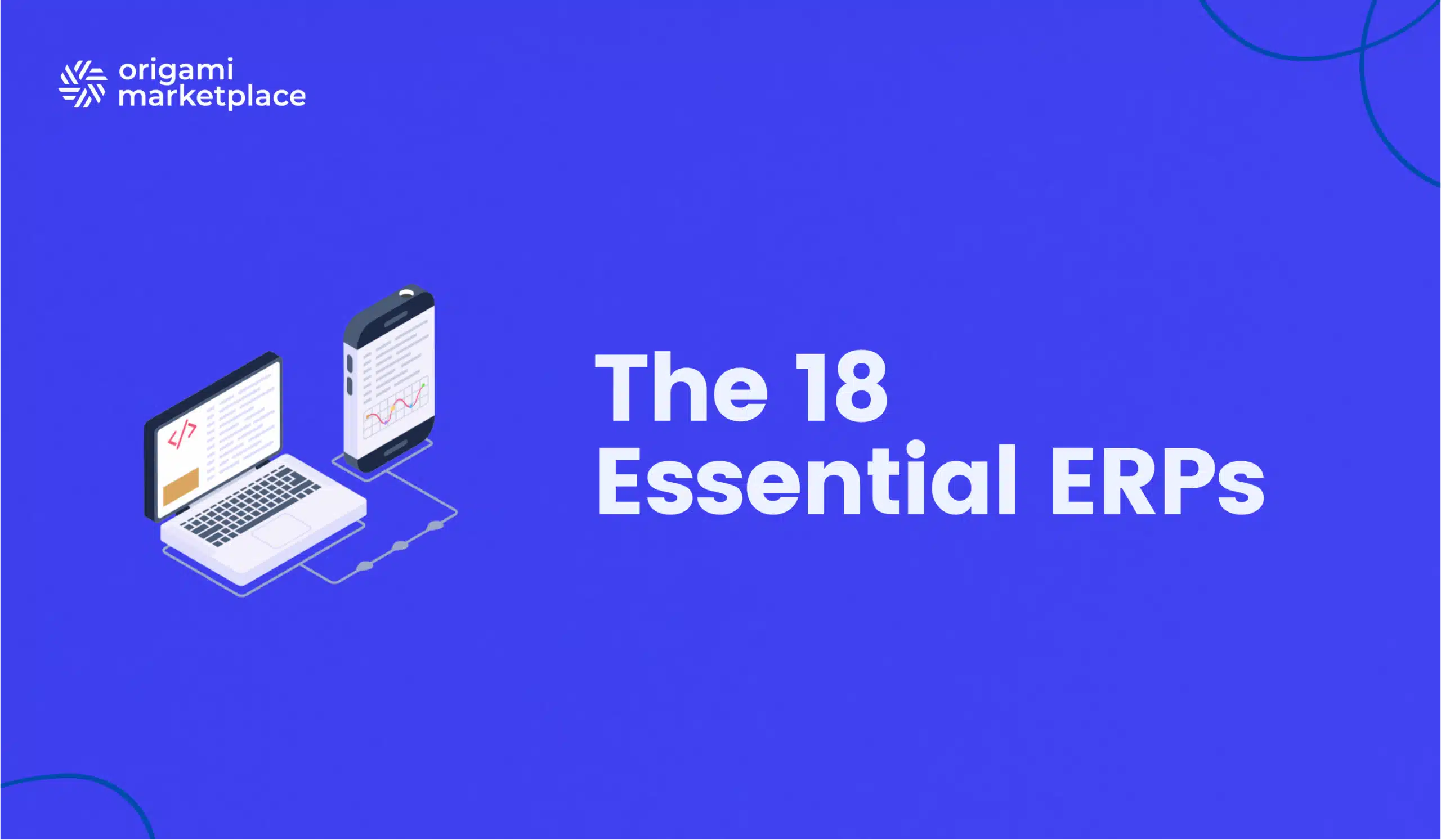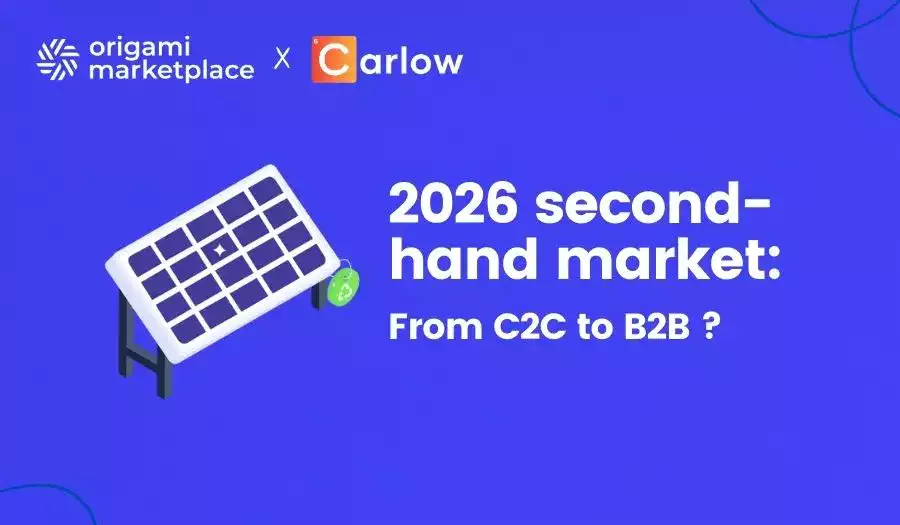Procurement Digitization: 2026 Guide (Steps, Tools & ROI)
- Arnaud
- 6 min read

In an era of recurring crises and increasingly volatile supply chains, digitizing procurement is no longer optional, it’s the fastest way to reduce maverick spend, accelerate the Procure-to-Pay (P2P) cycle, ensure supplier compliance, and strengthen your company’s resilience.
This guide explains how to digitize the entire procurement process (from Source-to-Contract to Procure-to-Pay), choose the right tools, measure ROI, and integrate a B2B marketplace model to multiply your performance.
Table of Contents :
- What is procurement digitization? (Definition)
- Why digitize procurement? (Key benefits)
- The 4 essential steps to digital procurement
- P2P vs S2C: Where to start for fast wins
- Tools and technologies to digitize procurement
- Challenges of procurement digital transformation (and How to overcome them)
- The B2B marketplace: A strategic growth lever
- Use cases & benefits for B2B decision-makers
1. What is procurement digitization? (Definition)
Procurement digitization means using technology such as Source-to-Pay (S2P) or Procure-to-Pay (P2P) suites, SRM, e-procurement, RPA, and AI, to automate workflows, centralize data, and monitor performance across the entire purchasing lifecycle.
It goes far beyond simple dematerialization: traceability, compliance, supplier collaboration, and data-driven decision-making become the new standard.
Core objectives :
- Gain full control over spend and drastically reduce off-contract purchases.
- Boost productivity (less admin, more strategic analysis).
- Mitigate legal, financial, and ESG risks.
- Strengthen supplier relationships through collaborative portals.
- Enhance agility and resilience in volatile markets.
2. Why digitize procurement? (Key benefits)
| Benefit | Direct business impact |
|---|---|
| Spend control | Real-time visibility by supplier, category, and entity. Built-in purchasing rules reduce exceptions and maverick spend. |
| Productivity | Automation frees up time for spend analysis, category strategy, and innovation sourcing. |
| Compliance & risk | Automated collection of legal docs (registrations, tax certificates), certification tracking, and full audit trail. |
| Supplier relationship | Collaborative portals (RFQs, confirmations, invoicing, disputes) create transparency and reduce friction. |
| Supply chain resilience | Improved visibility on supplier panels, lead times, and dependencies. Proactive alerts for business continuity. |
Ready to transform your procurement?
To help you develop the best platform possible, we’ve gathered all the must-have features, key technical considerations, and best practices in a comprehensive document:
Download the Specifications template 🗒
Perfect for smaller or medium-scale projects without a formal purchasing process. It will help you outline your requirements effectively and streamline your selection process.
Download the Request for Proposal template 📒
Ideal for larger, more complex marketplace projects with a formal purchasing department or advanced procurement policies.
3. The 4 essential steps to digital procurement
A pragmatic approach is essential to ensure project success.
- Map & prioritize: Analyze your current S2C & P2P workflows. Identify bottlenecks (e.g., approval delays), risks (compliance, dependency), and quick wins. Set measurable objectives.
- Choose the right tools: Evaluate functional coverage (requests, POs, invoices, contracts), integration capabilities (ERP, accounting), user experience (UX), and analytics (AI, reporting).
- Deploy progressively: Start with a pilot scope (one entity or a few indirect categories). Communicate early successes to drive adoption. Train teams and manage change.
- Measure ROI & scale up: Track KPIs via dashboards. Once stabilized, extend the solution to other categories and strategic processes (Sourcing, Contract Management).
4. P2P vs S2C: Where to start for fast wins
| Pathway | Primary objective | Typical quick wins | Risks covered |
|---|---|---|---|
| Procure-to-Pay (P2P) | Execution & Compliance | Faster cycle times, fewer invoice errors, reduced maverick spend | Compliance, invoicing, approval risks |
| Source-to-Contract (S2C) | Strategy & Governance | Optimized supplier base, stronger negotiation, standardization | Supplier risk, contract clauses, ESG commitments |
Pro tip: Start with P2P. Productivity and compliance gains are immediate, easy to measure, and help justify further investment.
5. Tools and technologies to digitize procurement
- S2P/P2P & e-Procurement Suites: The digital backbone, covering the full purchase cycle.
- SRM (Supplier Relationship Management): 360° supplier profiles, evaluations, and action plans.
- RPA & AI: Automate repetitive tasks, categorize spend, detect anomalies.
- Blockchain (targeted use cases): Strengthen traceability in sensitive supply chains (luxury, food, pharmaceuticals, etc.).
6. Challenges of procurement digital transformation (and How to overcome them)
- Resistance to Change: Involve buyers and stakeholders early, train by use case, and communicate success stories.
- Integration Complexity: Choose solutions with standard ERP/accounting connectors.
- Unclear ROI: Define measurable goals upfront and focus on quick wins (e.g., 5–10% cost reduction on pilot categories).
7. The B2B marketplace: A strategic growth lever
A B2B marketplace isn’t an alternative, it’s a strategic extension of your digital procurement strategy. It connects multiple buyers and sellers with rich catalogs and transparent pricing.
Why Integrate It?
- Expanded supplier base and access to innovative SMEs.
- Simplified purchasing for non-strategic categories.
- Increased transparency and competitiveness.
Best Practice: Connect the marketplace directly to your P2P system so that approvals and data remain centralized.
The common mistake? Viewing the marketplace as just another catalog. Its real value lies in its native P2P integration, the marketplace brings agility, the P2P ensures control. Together, they deliver sustainable efficiency across indirect spend.

Alexandre Duquenoy
→ Discuss your project with our expert
8. Use cases & benefits for B2B decision-makers
- Productivity gains: Administrative time for order and invoice handling can be cut in half.
- Direct savings: Improved competition and contract compliance can generate up to 15% savings on indirect categories.
- ESG/CSR reporting: Filter and monitor suppliers by sustainability criteria and track progress.
Digitizing procurement delivers measurable results within months: less maverick spend, shorter cycles, stronger compliance, and better supplier collaboration. Start with a diagnostic and a P2P pilot, integrate your B2B marketplace under unified governance, then scale organization-wide.
Ready to digitize your procurement?
Let’s talk. Our expertise goes beyond software, we help you structure your project with the right roadmap to ensure success.

FAQ – Procurement Digitization
It’s the use of digital technologies (S2P/P2P software, AI, etc.) to automate, optimize, and manage the entire procurement process, from supplier sourcing to invoice payment, to improve efficiency, cost control, and risk management.
It means leveraging technology to replace manual or paper-based processes with automated, data-driven workflows.
Digitizing converts analog data into digital format. Digitalizing goes further, it transforms processes and decision-making using digital tools.
Map your current processes, choose the right tools, launch a pilot, measure ROI, and scale progressively.


